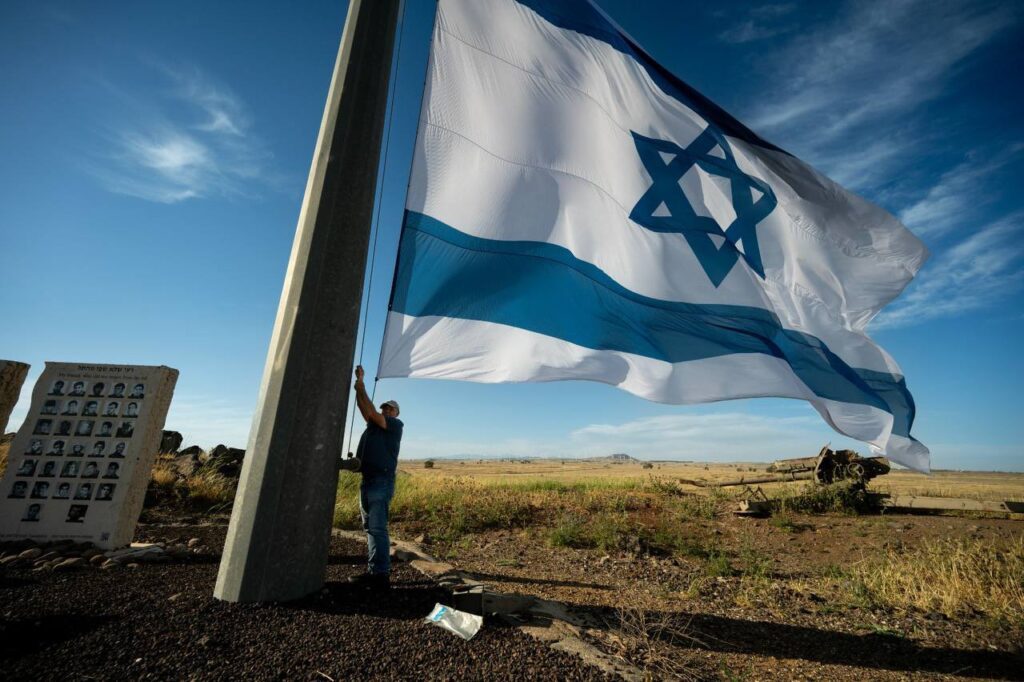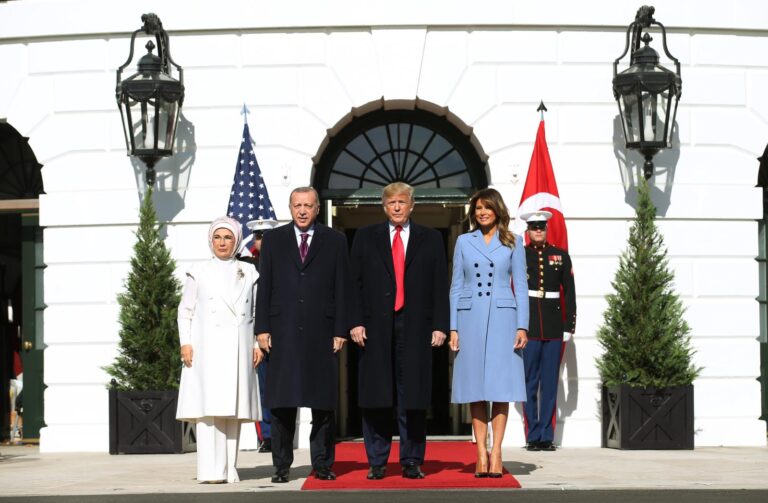The devastating blow Israel endured on October 7 came as a complete surprise. But what unfolded in the months afterward, in some ways, was no less devastating: Israel became the punching bag whose friends suffered alongside it. Two images from last year have been overshadowed by a whirlwind of events.
The first: Ten days after the massacre, German Chancellor Olaf Scholz and his delegation were forced to hit the tarmac at Ben Gurion Airport during Hamas rocket attacks. The arsenal Hamas wielded and its brazen confidence were shocking. Hamas leader Yahya Sinwar likely believed that eventually, Scholz would respond by restricting arms exports to Israel.
Many months passed, and while Hamas suffered significant losses, the situation in the north teetered dangerously close to defeat. Hezbollah’s leader Hassan Nasrallah felt emboldened enough to threaten openly: “Invading the Galilee remains an option if the conflict escalates. The enemy hides its casualties on the northern front but cannot hide the number of evacuees—42 communities have been completely evacuated. The Lebanese front has severely disrupted agriculture, industry, and tourism in the north.”
Nasrallah felt so empowered that, for the first time in Middle Eastern history, he openly threatened a European Union member state, saying: “We have information that Israel uses airfields in Cyprus for training, and they will use these airfields if war breaks out. If Cyprus permits this, it will become part of the war.” The EU did nothing; Cyprus, instead, rushed to publicly distance itself from supporting Israel. Sadly, the growing Israeli community there, seeking safety abroad, discovered that complete security remained elusive.
A year has passed. Limassol remains intact, but Hezbollah’s stronghold in Beirut, the Dahiya neighborhood, lies in ruins. Israeli Air Force jets still land in Cyprus, but at Beirut’s airport, Nasrallah’s posters have long since vanished. Cash-filled flights from Iran no longer land there.
This Yom Ha’atzmaut, fireworks lit up the skies even in Kiryat Shmona, near the northern border. Most residents have returned home, and the majority of those remaining in central Israel will return—painfully delayed but inevitably due to the school year—by September 1.
Hamas still harasses Israeli forces, but their long-range rockets are nearly exhausted, and so is their leadership. The international logistical backing Hamas relied on, in the form of weapons embargoes that nearly drained Israeli stockpiles, has shrunk dramatically and nearly disappeared. Arrest warrants against Israel’s prime minister and defense minister are crumbling; significantly friendlier administrations have come to power in the United States and Germany, and other international relationships are thawing.
Amid the anguishing debates over hostages versus warfare and the ongoing discourse regarding potential strikes on Iran, one can discern a clear reality: In its 77th year of independence, Israel has regained much of its strength—and many of its friends. Strength has indeed come through adversity.
The above is an excerpt from my Shabbat column in Yedioth Ahronoth.









